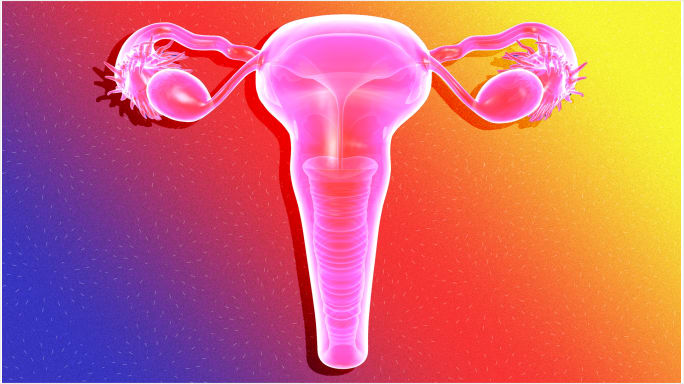Yes, BPD is real. And treatable.
Borderline Personality Disorder (BPD) is a mental illness that is hard to diagnose and ravenously stigmatized. In her essay for The Mighty, contributor Autumn Aurelia details not only her struggle to get the right diagnosis and treatment, but also to cope with the never ending commentary from those around her about what such a diagnosis meant.
“I learned a lot about BPD through the eyes of others,” wrote Aurelia, “and every single word uttered was horrifying to me.”
75% of those diagnosed with BPD are women in their 20s and 30s, with symptoms that decrease with age and become easier to manage with time and consistent treatment. It’s characterized by extreme emotional reactions, mood swings, impulsive and risky behaviors, and unstable relationships. You also likely experience depression, anxiety, a persistent fear of abandonment, difficulty feeling empathy, boredom, and unstable self image.
According to the The American Journal of Psychiatry, childhood trauma, particularly that which happens between the ages of 1 and 4, plays a significant role in the development of BPD.
“BPD sufferers find intimate relationships challenging,” says Marc Zola, founder of Eugene Therapy & Oregon Counseling. “They tend to make ‘villains’ and ‘saviors’ out of people they come in contact with. This can be thought of as a normal reaction to trauma. The way in which people seek emotional safety often defines how they interact with the world.”
“The stigma of being diagnosed with any mental illness is heavy but particularly with women who are diagnosed with BPD,” says Deborah Duley, a psychotherapist in Maryland. “Society’s impression of this disorder is very toxic with people often equating this disorder to the female characters in such movies as Fatal Attraction and Single White Female. I believe this contributes strongly to women being afraid to seek help for this as they are also struggling with their own fear and trepidation about how this will affect their life.”
Because BPD is so stigmatized, it’s important to understand and then do away with the many misconceptions that accompany it. It’s not a personality flaw, nor is it the same as other mental illnesses, such as antisocial personality disorder or psychopathy (also super stigmatized and often mislabeled in the media).
Women with BPD experience shame “as a global feeling,” according to Dr. Gabriella Farkas, founder of Pearl Behavioral Health in Mill Neck, NY, and a telepsychiatrist.
The experience of being female is rife with feelings of shame and inadequacy as it is, but for women with BPD, every aspect of themselves is seen as shameful, which can prove to be a barrier to treatment, particularly when it comes to going to therapy and being a patient, since therapy and psychiatry are still associated with weakness.
“Women with BPD are unfortunately and not infrequently quickly labeled as ‘crazy’ when what they really are is trying to desperately understand and survive the world around them,” explains Marc Zola.
In order to cope with the shame and stigma around BPD, Deborah Duley urges her patients to reframe the way they think about their illness. “It’s just an explanation to help the client categorize her emotional responses and explain some issues that have been plaguing them,” she says.
Folks with BPD are most often in the care of both a psychiatrist and psychologist.
“It takes years of working with a patient to help them recover and manage their disorder,” says Dr. Elizabeth Trattner, Director of the Center for Integrative Medicine of the College of Medicine, University of Arizona. Fortunately, Trattner points out, child psychiatrists are getting better at diagnosing kids with BPD, and therefore intervening earlier and helping them navigate the world with support, rather than judgement.
The work of destigmatizing all mental illnesses is ongoing, and we can all help it along by recognizing when we’re adding fuel to the fire. Stop using the word ‘crazy’ when you mean something else. Recognize how misogyny and the shaming of folks with mental illness overlaps (how we regard women with BPD, for example). Remember that when we perpetuate stigma, we’re making it harder for folks who need help to ask for it. “I believe if more women knew that this disorder was treatable and there are ways to manage their emotions, they would be more likely to seek out a therapist to help them,” says Duley.




comments